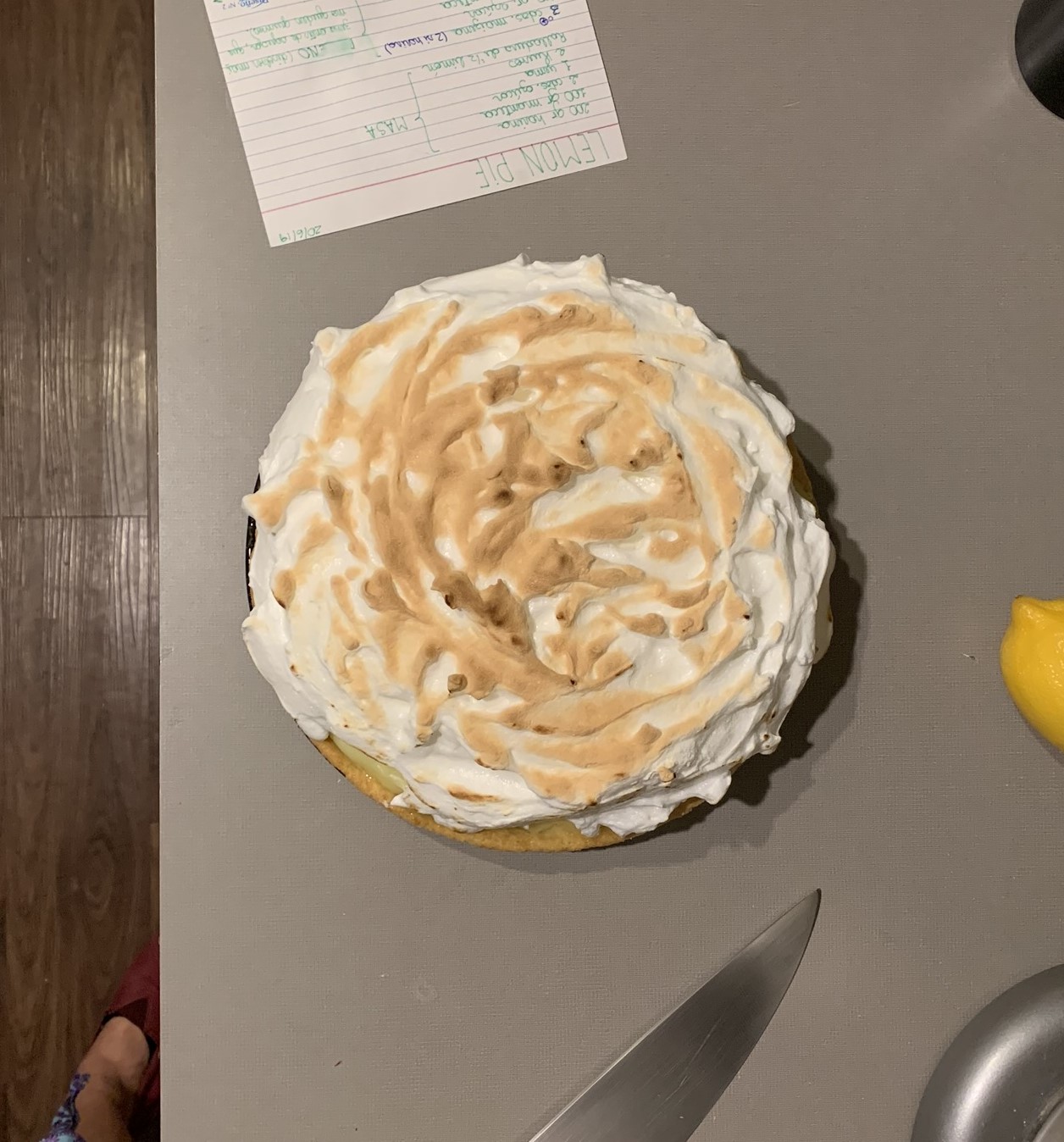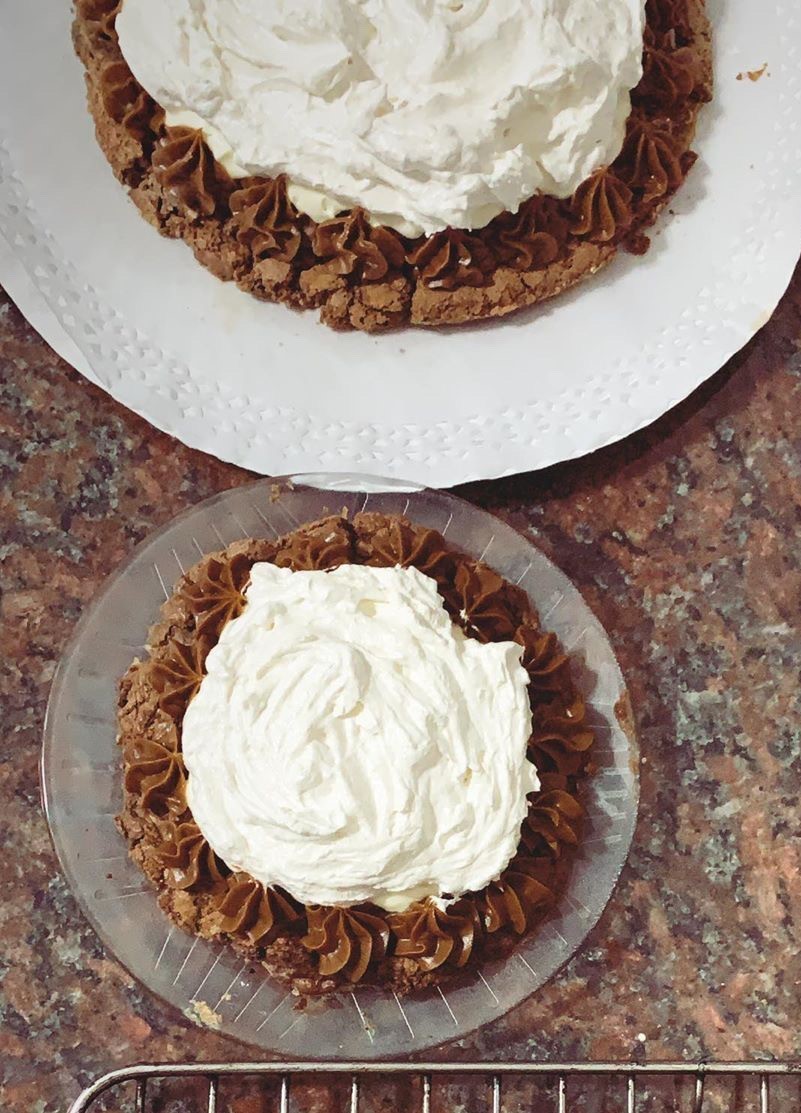Merengue Italiano
Italian meringue is an easy topping for any dessert. There are a lot of tips and myths behind it, but here is what you need to know:
Mica’s Notes:
-
Use a scale
-
Eggs: Make sure that there is no yolk in the egg whites. It’s easier to separate white and yolk when the eggs are cold (stored in the fridge) but do try for the eggs to be as fresh as possible. If the whites are too liquid, it’s because the eggs are old. Also, note that if the eggs are at room temperature they will “form” faster, but it isn’t such a big deal if you have a strong mixer. I know people who make meringue by hand (which is insane) at which point the eggs should definitely be at room temperature (unless you want to lose your arm).

-
Did you know an egg white can multiply its volume 8 times?
-
Make sure your mixer’s bowl and wire whip are completely free of any fat. Clean it well with pure alcohol and a paper towel or cloth.
-
Urban myth: add salt. It only “forms” the meringue faster but then it destabilizes it later.
-
Add an acid to stabilize your meringue. That’s either a 1/4 teaspoon of cream tartar or a few drops of lemon juice. I interchange them, but the drops of lemon also make it for a more shiny meringue.
-
It doesn’t last more than two days in the fridge.

Ingredients
- Egg whites. There are around 35 grams of egg whites in a large egg. Most cakes won’t require more than 3 egg whites.
- Sugar, twice as much as egg whites (e.g., 3 egg whites are 105 grams so you would need 210 grams of sugar)
- Water, same quantity (in grams) as sugar (e.g., 210 grams of water)
- A few drops of lemon juice or 1/4 teaspoon of cream tartar.
Procedure

- Separate the egg whites, weigh them, and add the lemon juice drops or cream tartar.
- Prepare the syrup. In a small pot, add twice as much water as egg whites and then slowly pour twice as much sugar into the pot. Make sure that there is no sugar on the pot’s walls. Take to the stove on medium-high heat. Don’t touch it at all: don’t stir eat, don’t move it. Just wait.
- If you have a thermometer you can check when the syrup gets to 240F, or if you are me just wait around 10 minutes. At that point start mixing the egg whites. You need the egg whites to have some volume before adding the syrup (because sugar slows down volume creation).
- When the syrup is at 245F or if it is at “ballpoint” (if you spoon some of the syrup from the bowl and you can make a little ball with it with your hands), then it’s ready to be added to the egg whites.
- Pour the syrup on the egg whites very slowly, as if the syrup was a thread.
- Keep mixing until you achieve a bright, smooth meringue. It can take up to 20 minutes.
Reference video: Isabela Vermal’s “ABC of Italian Meringue”